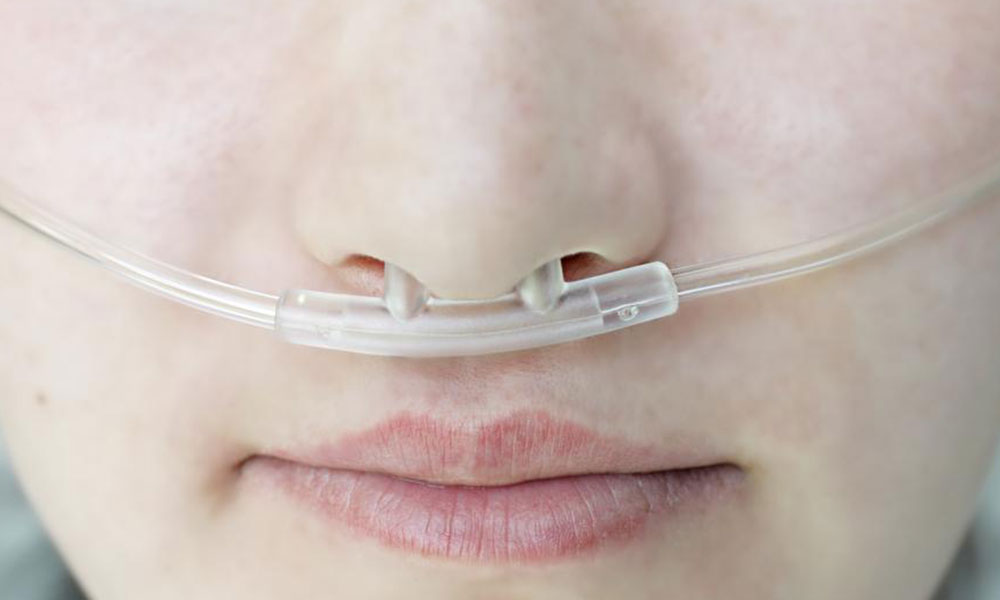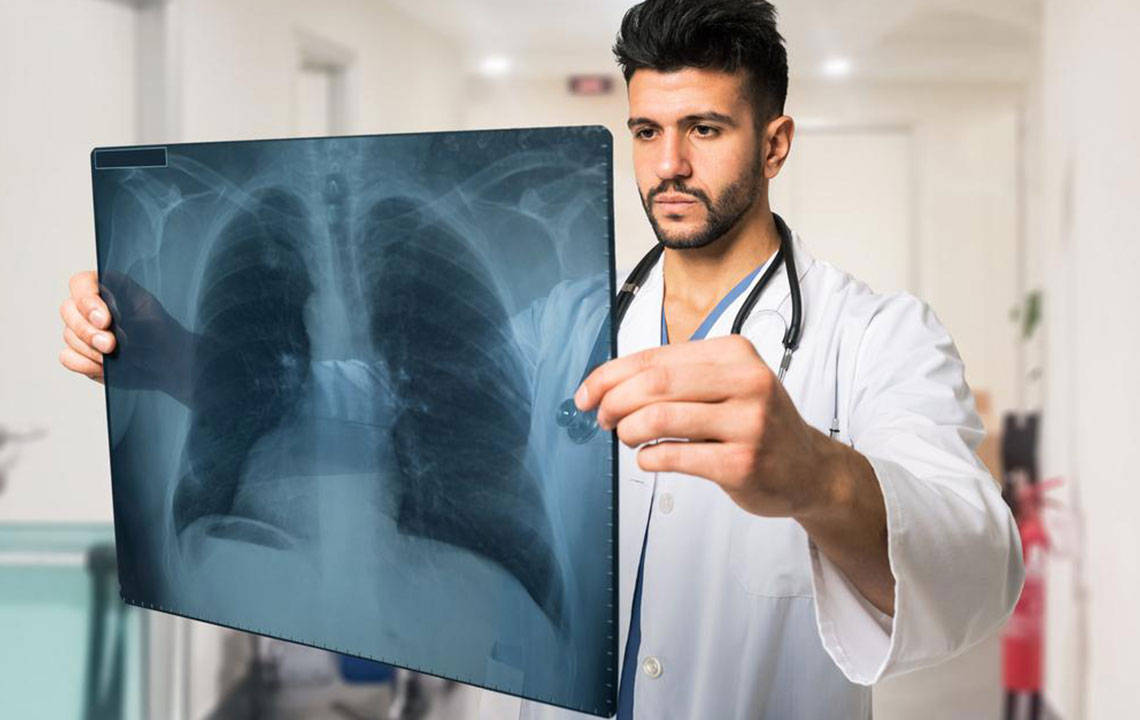Comprehensive Guide to Identifying the Signs and Symptoms of COPD
Learn to identify the key signs and symptoms of COPD to enable early diagnosis and effective management. Recognizing persistent cough, shortness of breath, wheezing, fatigue, and cyanosis can significantly improve health outcomes. This guide provides insights into COPD’s progression, helping patients and caregivers stay vigilant and seek medical advice promptly.

Understanding and Recognizing the Indicators and Manifestations of COPD
Chronic Obstructive Pulmonary Disease (COPD) is a progressive respiratory condition that often remains undetected until it reaches an advanced stage. Many individuals may not experience noticeable symptoms in the early phases, making early diagnosis difficult. Recognizing the indicators of COPD early can significantly improve management and quality of life. This comprehensive guide aims to educate readers on the key signs and symptoms associated with COPD, enabling better awareness and timely medical consultation.
Initially, one of the most common and early warning signs is a persistent cough. Unlike occasional coughs caused by minor irritations, a COPD-related cough tends to be chronic, lasting for months without relief. This cough often produces mucus, which can sometimes change color, indicating infection or worsening of the condition. As the disease advances, individuals experience increased shortness of breath, particularly during physical exertion such as climbing stairs, carrying groceries, or lifting objects. This breathlessness results from airflow obstruction and lung tissue damage.
Other notable symptoms include wheezing, which manifests as a high-pitched whistling sound during breathing, and fatigue that persists despite adequate rest. These symptoms occur because COPD hampers the lungs’ ability to supply oxygen efficiently throughout the body. Recurrent respiratory infections are also a hallmark of COPD, often leading to exacerbations that accelerate disease progression.
As COPD progresses into more severe stages, additional signs become evident. These include unintended weight loss due to increased energy expenditure from labored breathing and decreased appetite. Cyanosis, characterized by a bluish discoloration of lips, fingers, and toes, indicates severe oxygen deficiency and is associated with advanced disease stages. Recognizing these signs early and seeking prompt medical evaluation are crucial steps in managing COPD effectively.
Understanding the progression of symptoms and their significance can help patients and caregivers identify potential respiratory issues sooner. Regular check-ups, lung function tests, and symptom monitoring play vital roles in early diagnosis. Lifestyle modifications, smoking cessation, and appropriate medical therapies following diagnosis can slow disease progression and improve overall health outcomes.





